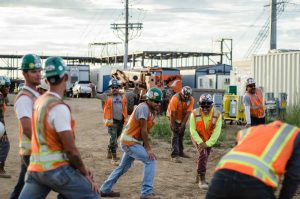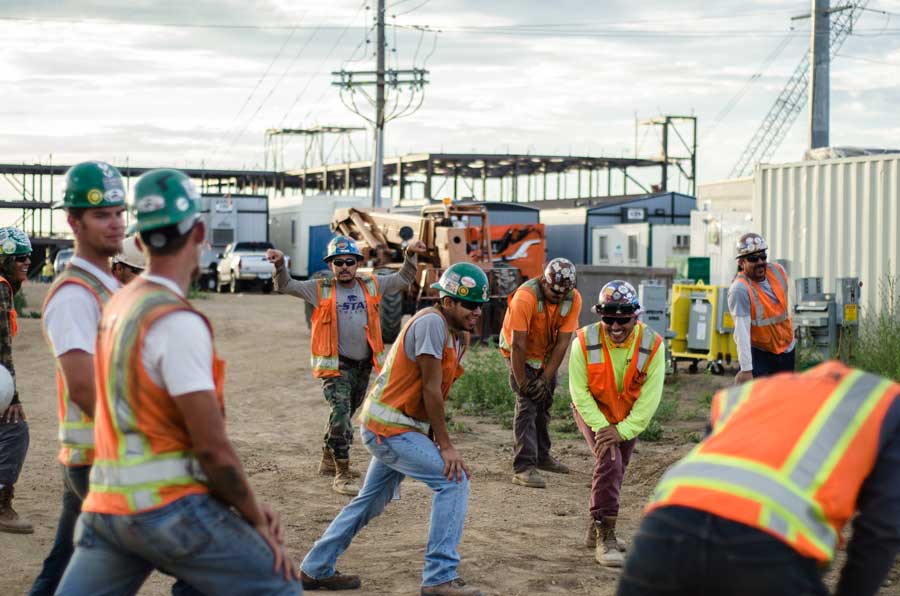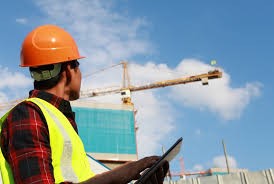Construction: Safety and Wellness “Accelerated Schedules”
At a recent frontline supervisor training specifically dedicated to leading ‘safety’ as a foreman or leadman, we discussed the relationship between an accelerated schedule and site safety. No matter how great the site leadership, how knowledgeable the site safety managers or how engaged the craft worker, there can’t help but be some level of impact when the message is “we are going to work longer hours and we need to get this done…and safely!”. It is a given that workers will get tired, there is a higher potential for near hits and incidents, and even the most engaged employees can experience lower morale.

What does this have to do with Wellness? Accelerated schedules, as well as all construction projects, require that our skilled apprentices, journeymen and front line supervisors are feeling their best and making decisions with a clear head. OSHA would tell us that all incidents are preventable, but we know that there are sometimes those that are out of our control. However, to avoid those that we can control, site leaders might want to consider the following:
- Communicate clearly and often about Safety and Wellness: Awareness is the key to avoiding any near hit or incident. Starting the day out with a Safety Talk that speaks to the specific job, referring often to JHAs, JSAs, STAs and other job/task hazard and mitigation documents, and ensuring employees are working safely by walking the jobsite and engaging with workers will raise awareness exponentially.
- Acknowledge that there is a potential for higher incidents during aggressive schedules…and why: We often think that our employees are only motivated by money, which may accompany an accelerated schedule as overtime. However, acknowledging an aggressive schedule and sharing the impacts on employees, can be motivating as well. We can’t change what needs to be done but acknowledging it and thanking the crew for their hard work will go a long way.
- Encourage and empower all employees to report ‘near hits’: Recently a safety consultant shared that an organization with a high percentage of reported ‘near hits’ demonstrates a strong safety culture. Encouraging workers to report their near hits is an opportunity for growth and learning during any construction project. For those that are working ‘longer, harder, faster’ truthful reporting allows the site management to see and address early any trends that may be showing up on the site. An early ‘root cause analysis’, with appropriate redirection, can mean the difference between safety and a near hit. Or worse, an incident or fatality!
- Address employee ‘wellness’ directly: A safety talk doesn’t have to be about the job. It can be a talk on heat exhaustion/stroke or frost bite. It can also be on topics such as ‘fatigue’ and dehydration, both symptoms that can show up as your workers are maxed out. Asking crew members to watch out for each other facilitates a strong team environment. If a worker is working ‘fatigued’, he/she can be as impaired as if taking drugs or coming to work drunk or hungover. Ensuring that all crews are physically and emotionally ‘well’ during times when projects are accelerated is key to both safety and production.
Safety and employee wellness are partners in strong and successful safety cultures. EAPs (Employee Assistance Plans), programs for addictions and smoking cessation, and ‘Health Awareness’ programs are all tools to support and ensure that workers have access to being safe and well every day.


